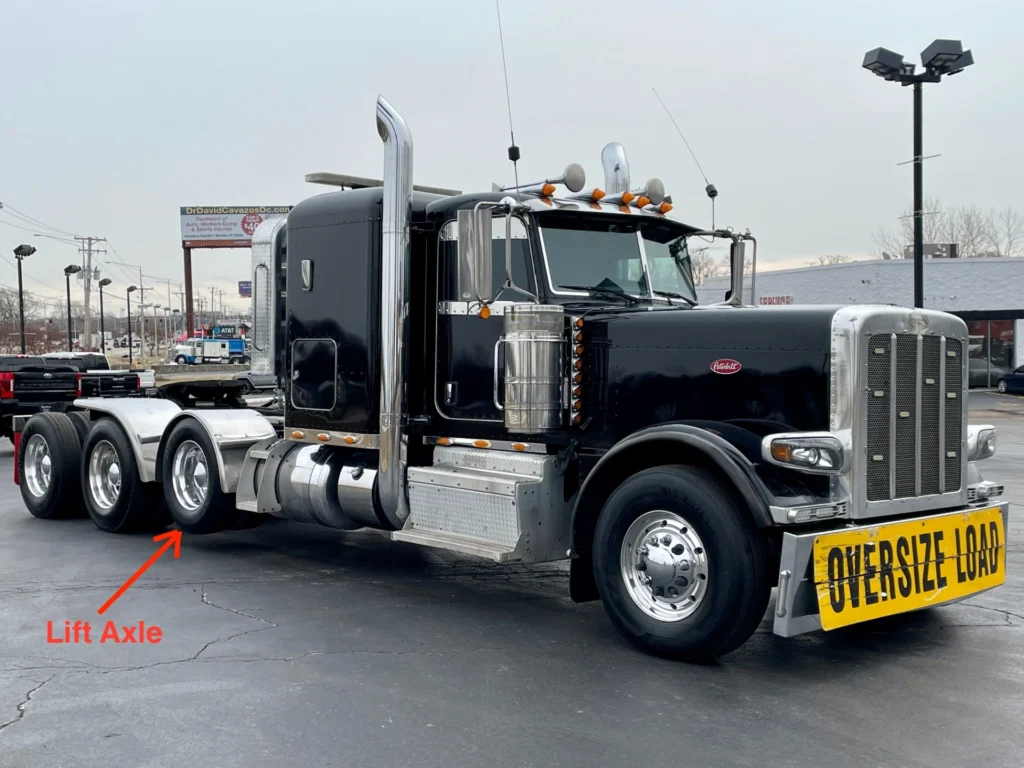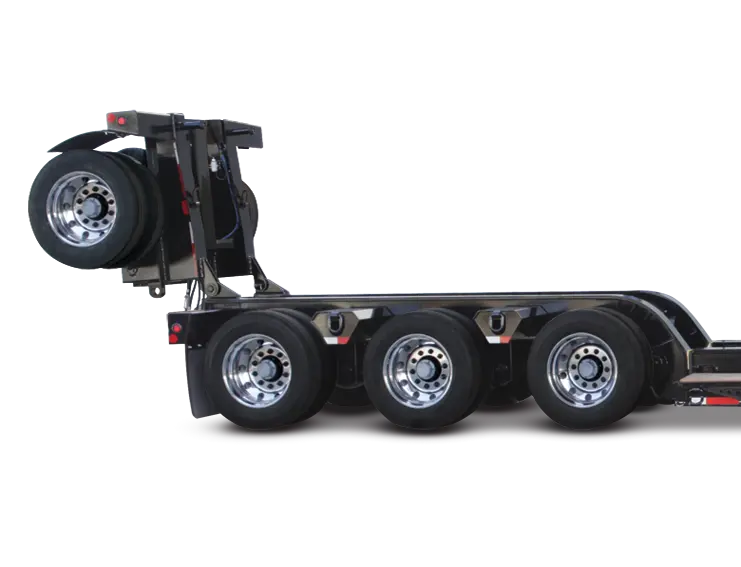DNP news
Blog
What is lift axles and flip axles?

Introduction:
In the realm of heavy-duty hauling, the need to accommodate varying load weights is a common challenge. Exploring the dynamics of lift axles and flip axles becomes essential to efficiently manage this demand. In this Equipment Check, we’ll delve into the significance of lift axles and flip axles in enhancing the axle count of a tractor-trailer combination.
Why Increase Axle Count:
As loads increase in weight, the requirement for additional axles becomes apparent. For instance, if you have a hefty load weighing 87,000 lbs, an optimal tractor-trailer configuration may involve eight axles. However, what if your existing combination is equipped with only six axles? This is where lift axles and flip axles come into play, providing a strategic solution for adding axles without unnecessary wear and tear.

Lift Axle Insights:
A lift axle can be strategically placed on either the tractor or the trailer. Notably, the lift axle is designed smaller than standard wheels and tires, a feature we’ll explore shortly. The primary function of a lift axle is to lift the tire off the ground when not needed, conserving tire wear. While a standard-sized wheel and tire can be used, opting for a low-profile wheel and tire further elevates the tire off the ground, reducing the risk of contact with uneven surfaces. The lift axle effectively adds an extra axle for enhanced load-bearing capacity.
Flip Axle Overview:
The flip axle, as showcased in the images, is positioned at the rear of the trailer. When additional axle support is required, the flip axle can be lowered into position, expanding the trailer’s axle count. This strategic placement ensures that the flip axle is deployed where it is most effective, adding versatility to the tractor-trailer combination.

Key Considerations:
It’s crucial to note that the inclusion of lift axles and flip axles should be part of the initial equipment specification. Unlike standard purchases at truck stops, these modifications require pre-planning and customization to optimize performance.
Conclusion:
In summary, lift axle and flip axle offer practical solutions for increasing axle count in tractor-trailer configurations, enabling efficient management of varying load weights. By understanding these mechanisms and incorporating them into your equipment specifications, you can enhance the versatility of your fleet and optimize payload capacity.


